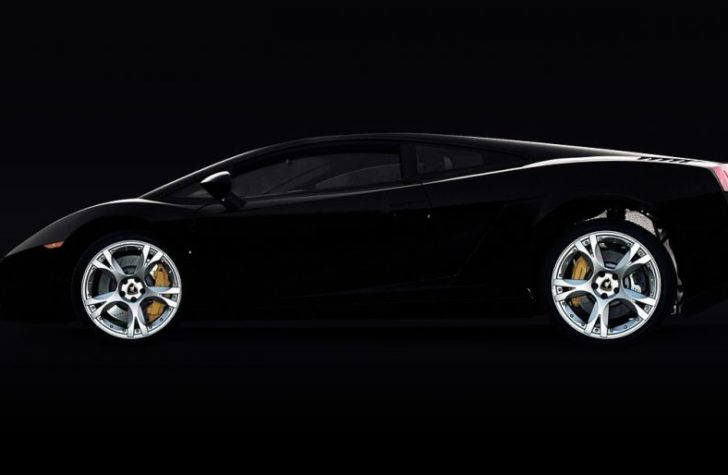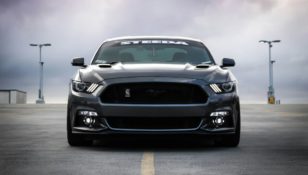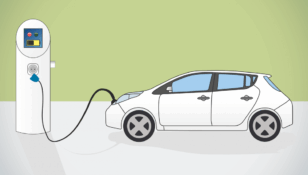VW Beetle: The Iconic Car That Stood the Test of Time

Introduction:
The VW Beetle, also referred to as the Volkswagen Type 1, is a compact car that has captured the hearts of millions around the world for decades. Known for its unique and recognizable design, the Beetle has become an automotive icon in the history of automobiles. In this article, we will delve into the fascinating world of the VW Beetle, providing important information and a comprehensive overview of its historical evolution.
Overview of the VW Beetle:

The VW Beetle is a rear-engine, rear-wheel drive car that was first introduced by Volkswagen in 1938. Designed by Ferdinand Porsche, the Beetle was envisioned as a practical, affordable car for the masses. Its distinctive shape and affordable price quickly made it a popular choice among post-war consumers.
Key Features and Specifications:
– Size: The Beetle has always been known for its compact size, making it easy to maneuver in urban environments. With its distinct round shape, the car stands out among its counterparts.
– Engine: The original Beetle featured an air-cooled flat-four engine, with later models incorporating more powerful engines and improved performance.
– Interior: The Beetle’s interior was designed with simplicity and functionality in mind. The comfortable seating and intuitive dashboard layout made for an enjoyable driving experience.
Historical Evolution of the VW Beetle:
1. Origins and Early Years:
The VW Beetle was initially conceptualized in the 1930s as a means to provide an affordable car for the German population. Its production started in 1938, however, it was interrupted by World War II. After the war ended, the Beetle became a symbol of the German economic recovery.
2. Post-War Boom:
The 1950s marked a period of rapid growth for the Beetle, as it gained popularity in countries beyond Germany. Its fuel efficiency, reliability, and affordable price tag appealed to a broad range of consumers. The Beetle became a symbol of freedom and the spirit of the era.
3. Cultural Icon:
The 1960s and 1970s solidified the Beetle’s status as a cultural icon. It was the preferred mode of transportation for hippies and became synonymous with the counterculture movement. The car’s distinct design, reliability, and affordability made it a symbol of rebellion against the mainstream.
4. Evolution and Modernization:
As time passed, the VW Beetle underwent several changes to adapt to evolving automotive standards. The car’s engine was upgraded for better performance, and various design modifications were made to keep up with contemporary trends. The New Beetle, introduced in 1997, revamped the classic design while retaining its beloved heritage.
The VW Beetle and Featured Snippets:
To increase the chances of this article being shown as a featured snippet on a Google search, the following structuring approach can be applied:
1. Tag: “”
2. “Overview of the VW Beetle”
3. “Key Features and Specifications”
4. “Historical Evolution of the VW Beetle”
–
“Origins and Early Years”
–
“Post-War Boom”
–
“Cultural Icon”
–
“Evolution and Modernization”
Conclusion:
The VW Beetle’s enduring popularity can be credited to its unique design, affordability, and ability to capture the spirit of different eras. From its origins in the 1930s to its cultural significance in the 1960s, the Beetle has left an indelible mark on the automotive industry. With its continuous evolution, the Beetle has successfully managed to retain its heritage while adapting to changing times. Whether you’re a car enthusiast or simply appreciate automotive history, the VW Beetle is a true icon that will forever hold a special place in the hearts of many.

















